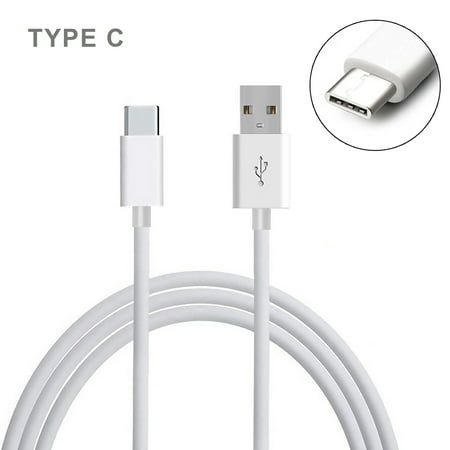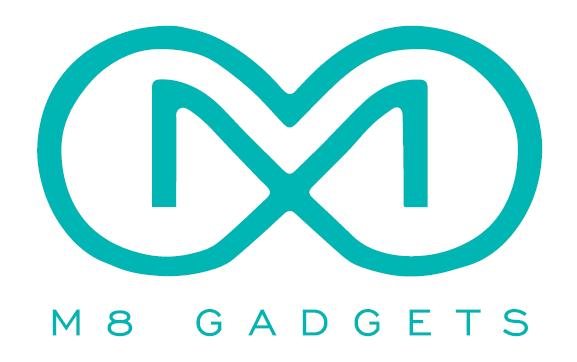Within a span of years, Type-C (USB-C) charging has gone from an extra feature to a must-have in new devices. From smartphones and tablets to laptops and even gaming consoles, Type-C has become the universal port we never knew we needed.
So what makes USB Type-C better than Micro USB? And why is it taking over from Micro USB so rapidly?
Whether you’re in the market for a new power bank, cable, or charger, understanding the difference will make you a more informed purchaser — and one who’ll save money in the long run.
Let’s explore why USB-C is the future and Micro USB is quickly becoming obsolete.

A Quick Recap: What Are Micro USB and Type-C?
Micro USB
- Launched in the early 2000s
- Seen in older Android phones, power banks, Bluetooth speakers, and cameras
- One-way design (plugs in only one direction)
- Slower data transfer and charging speed
USB Type-C (USB-C)
- Introduced in 2014
- Appears in newer Android phones, MacBooks, Windows laptops, iPads, earbuds, and even smart TVs
- Reversible connector (plugs in either direction)
- Fast charging and high-speed data transfer are supported
1. Reversible Design: No More Guesswork
Ever tried to insert a Micro USB cable the wrong way around? Frustrating — and sometimes even breaks the port in the long term.
USB-C is reversible, meaning you can insert it either way. Not only is it more convenient but also reduces wear and tear on your device and cable.
Small change, big convenience — especially in the dark or when you’re in a hurry.
2. Faster Charging: Say Goodbye to Slow Power-Ups
One of the biggest reasons Type-C is replacing Micro USB is charging speed.
Charging Speeds Compared:
| Cable Type | Charging Speed | Power Delivery Support |
| Micro USB | 5W – 10W | ❌ No |
| USB Type-C | Up to 100W | ✅ Yes (USB PD) |
With USB-C, your phone can go from 0% to 50% charge in just 30 minutes — something most Micro USB ports can’t offer. It supports quick charging protocols such as:
- USB Power Delivery (USB-PD)
- Qualcomm Quick Charge
- Adaptive Fast Charging (Samsung)
Example: Using a 25W or 33W charger and a USB-C cable, you can charge your phone 2–3x faster than with Micro USB.
3. Universal Compatibility: One Cable for All
USB Type-C is becoming the universal charging standard for almost every type of device:
- Phones (Android, iPhones with Type-C-to-Lightning cables)
- Laptops (MacBook, Dell, Lenovo, etc.)
- Monitors & TVs
- Wireless earbuds
- Power banks
- Gaming consoles (Nintendo Switch)
With USB-C, you can charge all your devices with a single cable, which makes it perfect for travel and daily use.
Traveling? One charger + one cable = all your devices charged.
4. Faster Data Transfer Speeds
USB-C doesn’t just charge your device — it also transfers data at a significantly faster rate than Micro USB.
Speed Comparison:
| Cable Type | Max Transfer Speed |
| Micro USB | 480 Mbps (USB 2.0) |
| USB-C | Up to 40 Gbps (with USB4) |
This lets you move movies, music, or files from one device to another in seconds, not minutes.
For video editing or big file transfers, Type-C is the way to go.
5. Smart Charging with Power Delivery
USB Power Delivery (PD) is a game-changing tech that’s only available with Type-C. It allows devices and chargers to communicate and negotiate power output in real time.
Key Benefits of USB-PD:
- Adjusts power output according to device requirements
- Charges larger devices such as laptops (up to 100W)
- Lessens overheating and prolongs battery life
- Not possible with Micro USB, which provides only a set power output.
6. Future-Proofing Your Devices
Tech is evolving fast, and Micro USB is becoming outdated. Most new smartphones (even budget ones) now come with Type-C ports. Apple has even adopted USB-C in the latest iPads and iPhones due to EU regulations mandating a universal charging port.
By switching to Type-C gadgets now, you’re:
- Ready for future compatibility
- Avoiding buying separate cables for each device
- Making a smart long-term investment
Real-Life Benefits of Switching to Type-C
Let’s take a common example:
You’re charging a power bank that supports both Type-C and Micro USB inputs.
| Charging Method | Time to Full Charge |
| Micro USB (10W) | ~6 hours |
| USB-C (18W–22.5W) | ~3–3.5 hours |
Same power bank. Half the time with Type-C.
Do this with your phone, laptop, and other accessories now. You’re saving hours a week just by switching cables.
Should You Stop Using Micro USB Altogether?
If your devices today have Micro USB, no cause for alarm. But it’s a good idea to upgrade piecemeal:
- Buy power banks with dual input (Type-C + Micro USB)
- Buy chargers and cables with USB-C output
- Buy new devices that have USB-C charging
So you’re prepared when your next phone or accessory is Type-C only.
Our Recommended Charging Accessories
- MONARCH ENERGY BAR T20 Power Bank
- Dual Input: Micro USB + Type-C
- Fast Output: 22.5W Type-C
- Perfect for phones, tablets & earbuds
- M8 MICRO 2.4A Charger with Cable
- Budget friendly option for Micro USB users
- Comes with high-speed Micro USB cable
- Strong, safe & reliable
Still using a Micro USB phone? This is your guy.
Type-C Fast Charging Cables
- Braided for strength
- Supports up to 60W charging
- Works with USB PD & Quick Charge
Final Thoughts: Time to Make the Switch
The future is now — and it’s USB Type-C.
It’s faster, smarter, more efficient, and more universal than Micro USB could ever be.
By understanding these differences and upgrading your charging accessories, you’re not only making life more convenient — you’re also future-proofing your tech.
Quick Recap: Why Type-C Wins
| Feature | Micro USB | USB Type-C |
| Reversible | ❌ | ✅ |
| Fast Charging | ❌ (Limited) | ✅ (PD, QC, etc.) |
| Data Transfer Speed | Low | High (Up to 40Gbps) |
| Compatibility | Limited | Universal |
| Power Output | Max ~10W | Up to 100W |
Ready to Upgrade?
Discover our full range of Type-C chargers, cables, and power banks today.
Charge smarter. Charge faster.
Welcome to the future of charging.

